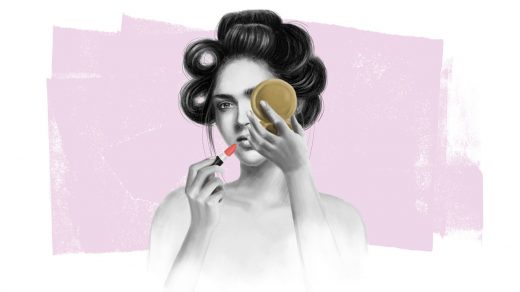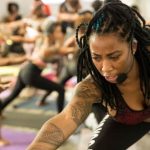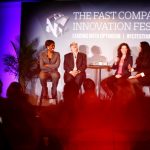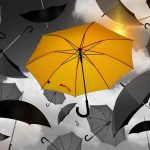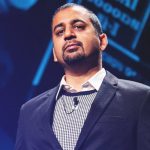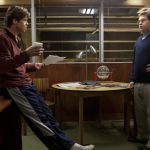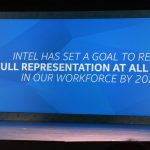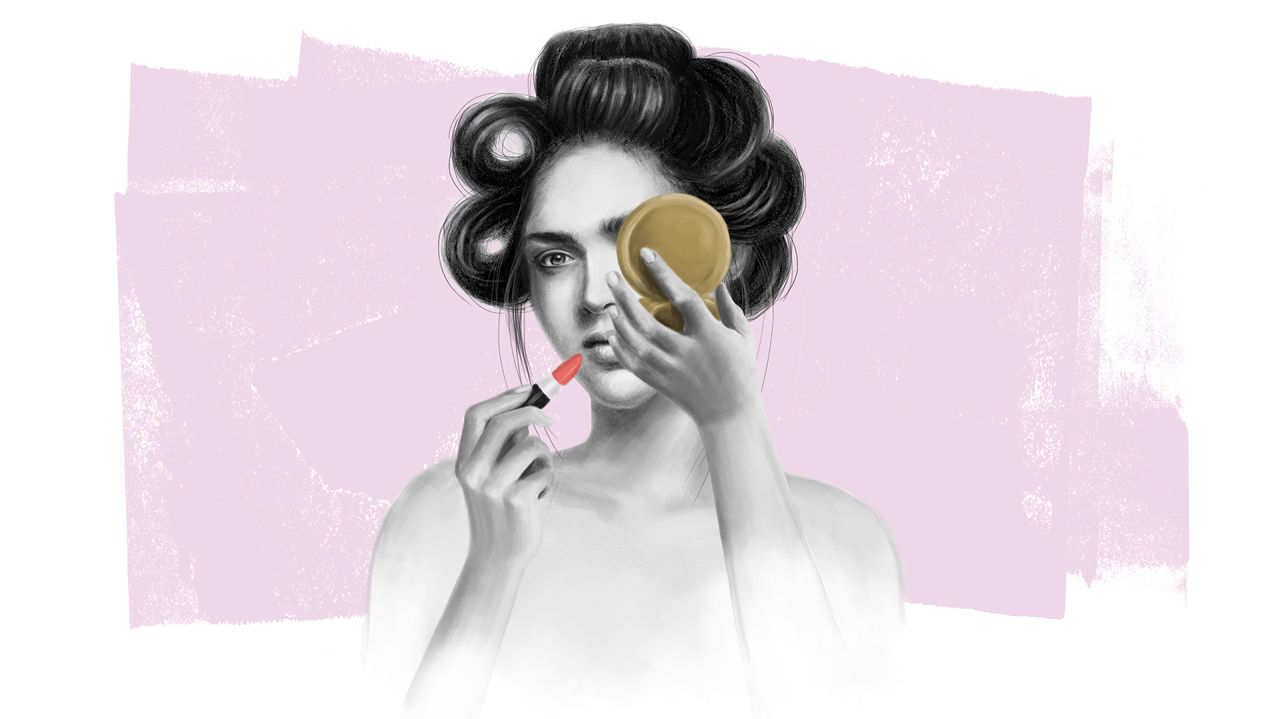How Beautycon Stars Are Leading Conversations About Diversity
When digital entrepreneur Moj Mahdara became CEO of Beautycon in 2013, the company was a small startup that hosted conferences for online beauty influencers and their fans. Under Mahdara’s watch, Beautycon has bloomed into a full-grown multimedia company with a subscription service, an online hub and global conferences that attract crowds of up to 12,000 people. She spoke with Fast Company about taking young, beauty creators to London and Dubai, and how the web is way ahead of traditional media when it comes to diversity.
Fast Company: How did you first become interested in Beautycon? Do you think of yourself as a lover of makeup and cosmetics?
Moj Mahdara: I would say that I am not a cosmetics person, but I am a products person. And I am someone who is very, very interested in diversity, very interested in the long tail of media and marketing. I’m interested in audience and fans. My first interest was probably in fandom. That’s something I think about, talk about, write about, more than anything else. And I think the way we think about beauty is maybe a little different than, so do I wear makeup? No. Do I care about how young people see themselves, experience beauty? I find it very, very, very inspiring that all these young girls who love the content creators think of beauty as an expression of power and creativity, rather than something they’re doing to conceal or cover up or make themselves feel better. That’s really the point of view that we come from and I come from. And it’s what attracted me so much to the space to begin with.
When I first discovered Beautycon, I was really looking for something within the content creator space in terms of an active role, an investor, a cofounder. In 2011 I was really excited about Michelle Phan’s MyGlam (Phan’s beauty subscription box that is now Ipsy). I thought a lot about MyGlam. I met with Michelle, met with her team. And when you invest in startups you get these investor reports all the time. And I started to see that a lot of them were reaching new customers through a secondary form of communication at the time called “influencer marketing.”
I was just super excited and intrigued by the way which they were working with Instagrammers and Tumblr personalities and YouTubers, and I made an investment in Beautycon. And really as soon as I came into the Beautycon business, felt like what the opportunity was was to create a 360 degree, multimedia, multi-platform brand that was marketed toward young girls who loved beauty as a lifestyle, not as a need, but something that they wanted to build an IRL, subscription, and digital business. The thought has always been, what is the ESPN in the space, for beauty?
What was Beautycon like back then, and how did you evolve it?
It was a conference held at the YouTube space in Los Angeles and New York, so it was a small event, twice a year—and it was creator to creator. So to attend, you had to be a creator. It wasn’t public facing and open to the masses. The idea I had for the company was, let’s make this a consumer-facing brand and open it up to the public.
When I came in, it was one person. This is 2013. And we essentially brought on six to seven people I’d worked with in the past, who had marketing and event, consumer-facing brand experience. We experimented with making it an event that was consumer facing. Changing it from a conference to a festival. The festival was the first piece of the business that we really focused in on, restructuring and rebranding. Make it a really, cool, consumer-facing festival. The first experiment in doing that was August of 2013. We played with making the festival free and we had, like, 9,500 people show up. The line to get in was like half a mile long, and we stayed open an extra three hours to accommodate all the fans coming through. It was this amazing moment because it was Kim and Kanye’s wedding that day and they were trending on Twitter. And if you looked on Twitter that day, we were trending worldwide right next to them. That was the moment when I realized, wow, we’re really in the middle of some magical moment right now.
How would you describe your role as CEO? Are you more big picture, or are you working with online creators from the ground up?
I think some people would say I’m probably too much in the trenches sometimes. I’m very, very hands-on, and that’s something that I’m working on. You’re an entrepreneur, right? So you have to create the systems, create the process, create the team. And then you have to be an evangelist for the space. So you get really excited when you see new products coming to Snapchat, or Facebook, you continue to admire the amazing job that YouTube has done in the space. I sort of pride myself of being aware of what’s going on with the marketplace. Thinking constantly about how we can better work with partners, platforms, being very, very aware. I have to be aware of everything going on. People are constantly like, can you do my digital strategy? I’m like, building Beautycon, I don’t know if I can think about much more these days.
What’s your strategy for finding new talent?
I think I probably follow, on a regular basis, close to 500 content creators on YouTube, Facebook, Snapchat, Instagram; I easily spend most of my time over the weekend looking at channels, looking at hauls [“hauls” are a popular format for beauty vloggers, where they show off new purchases and offer advice on how to the apply makeup, for instance], looking at what their social messaging is. And then meeting with them, talking to them. I think what’s important to understand is that a lot of the talent that we’re working with—this is what’s cool about YouTube and content creators—the whole debate about diversity and the Oscars, this diversity conversation is somewhat new within traditional media. But someone like Michelle Phan, someone like Teala Dunn, these people have been in this conversation now for a solid four to five years. Digital was like this amazing place where people were having conversations about diversity, ethnicity, what is the new norm, what is the new? Really exploring all of these topics. And it’s been a safe place to have all of these conversations because they have their fans to talk to them about all this, and they have an audience, they have communities. So where I spend a lot of my time is thinking about, how do we profile specific creators? How do we give them a platform to talk to their audience, or do product collaborations, or to work with a brand or to travel to London for the first time?
We took a bunch of creators to Dubai. A lot of these creators didn’t even have a passport before working with Beautycon. So I mean, we think of ourselves as the ultimate evangelist within the space for this, I think, very powerful, great, exciting, very articulate audience of not just young women, but young people. The thing I love about them is that they’re not necessarily taking life that seriously, where it’s a political issue. It’s just more about a cultural conversation where they’re just really taking on themselves, taking care of each other, and having a good time.
Fast Company , Read Full Story
(14)

